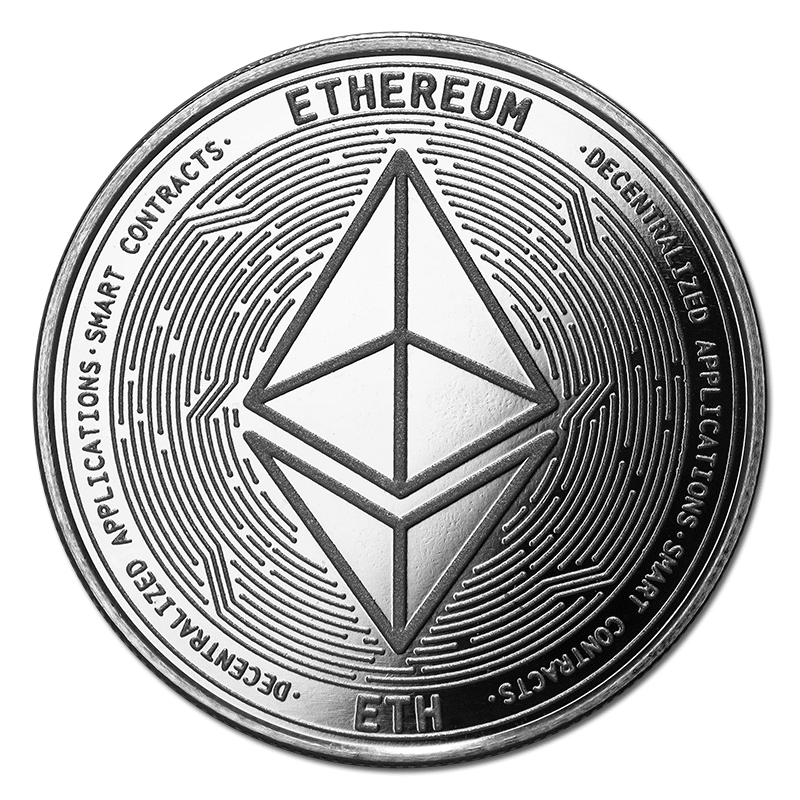Invest in cryptocurrency
Listed below are the hottest trending cryptocurrencies on CoinMarketCap. These are the coins and tokens that have the most visibility in the last 24 hours across the site. casino documentary CoinMarketCap has millions of visitors everyday, which means that the list below is a great way to understand the current trends, pumps and losses in the market.
With thousands of cryptocurrencies out there, blockchain technology is being used in new and exciting ways. Trends are continuing to emerge, and awareness and adoption is rising. With central banks exploring digital currencies with gusto — and private companies such as Facebook embarking on projects such as the Libra stablecoin — expect to see even more cryptocurrencies hit the market in the months and years to come.
NFTs are multi-use images that are stored on a blockchain. They can be used as art, a way to share QR codes, ticketing and many more things. The first breakout use was for art, with projects like CryptoPunks and Bored Ape Yacht Club gaining large followings. We also list all of the top NFT collections available, including the related NFT coins and tokens.. We collect latest sale and transaction data, plus upcoming NFT collection launches onchain. NFTs are a new and innovative part of the crypto ecosystem that have the potential to change and update many business models for the Web 3 world.
Types of cryptocurrency
DeFi is more dominant on the Ethereum (ETH) network, which is currently the leading smart contract platform and the second-largest blockchain by market capitalization. Ethereum has benefited from a first-mover advantage in this field, being the first public network to support decentralized apps (dApps) since 2015.
It is a digital currency that you can send to other people. This may be as a gift, for services or for a product. You get the idea — it’s just like the money we use in our bank accounts (USD, EUR, etc.). But it’s digital; it isn’t physical.
The 3 major cryptocurrencies by market capitalization are Bitcoin (BTC), Ethereum (ETH) and Tether (USDT). The combined market capitalizations of these three crypto assets makes up over 70% of the total crypto market.
Since the new networks were based on Bitcoin, they were referred to as alternative coins to Bitcoin or simply altcoins. And this gives birth to the first main classification of cryptocurrencies which is Bitcoin and the rest of the coins or altcoins.
Litecoin has been in the news a lot lately because it will be the first cryptocurrency to use the Lightning Network. The Lightning Network solves a lot of issues for cryptocurrencies, such as scalability — using the Lighting Network, Litecoin will be able to process many more transactions per second.
Tokens are another high-level classification category derived from altcoins. These are digital assets native to protocols that are hosted on other blockchain networks. For instance, Ethereum, the largest smart contract platform, can support the development and deployment of decentralized protocols.

China cryptocurrency
These regulatory and collaboration frameworks indicate a concrete step forward in letting crypto assets play a regulated role in the economy. They also promote global cooperation in the creation of the standards, which will facilitate the greatest amount of coordination. If these frameworks are applied to the criteria for macroeconomic net benefit laid out in this white paper, it is possible to project the macroeconomic effects. Looking forward, each upcoming regulatory agreement should be created with the macroeconomic impacts in mind.
The incidents seem to have prompted the moves to propose accounting and reporting guidance for crypto assets, as Reuters reported last year. In the EU, rules were being worked on before the bankruptcy of crypto exchange FTX.
According to the World Economic Forum’s Digital Currency Governance Consortium’s Steering Committee Member, Jeremy Allaire, “the Executive Order sets out initiatives to explore and engage in constructive problem solving around known risks that exist with the legacy financial system, and the new Web 3 world.”
The World Economic Forum’s Digital Currency Governance Consortium (DCGC) has published research and analysis of the macroeconomic impacts of cryptocurrency and fiat-backed stablecoins. This work amplifies the need for timely and precautionary evaluation of the possible macroeconomic effects of cryptocurrencies and stablecoins and corresponding policy responses.
The consensus mechanism for crypto is energy intensive. While crypto alone certainly cannot tackle climate change, some believe that the industry has the potential to provide incentives for sustainability and grid decarbonization, which the World Economic Forum’s Crypto Sustainability Coalition is exploring.
